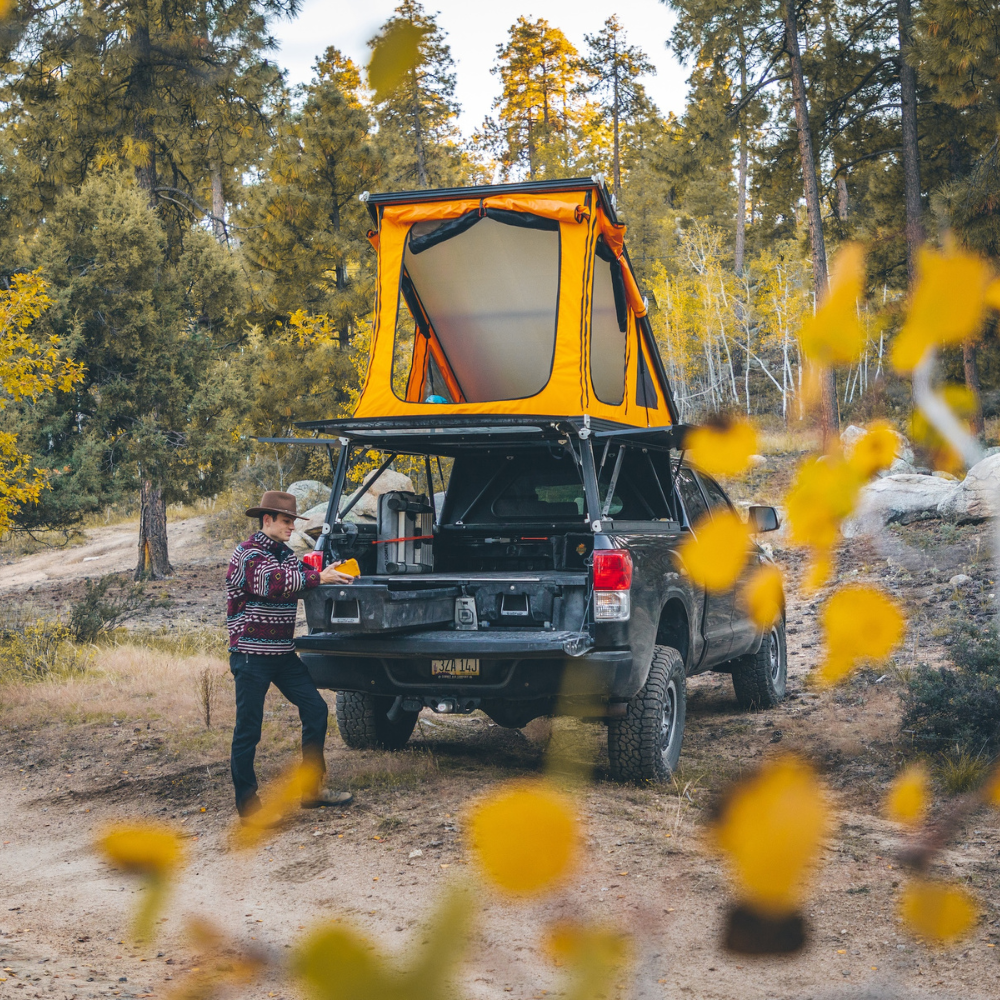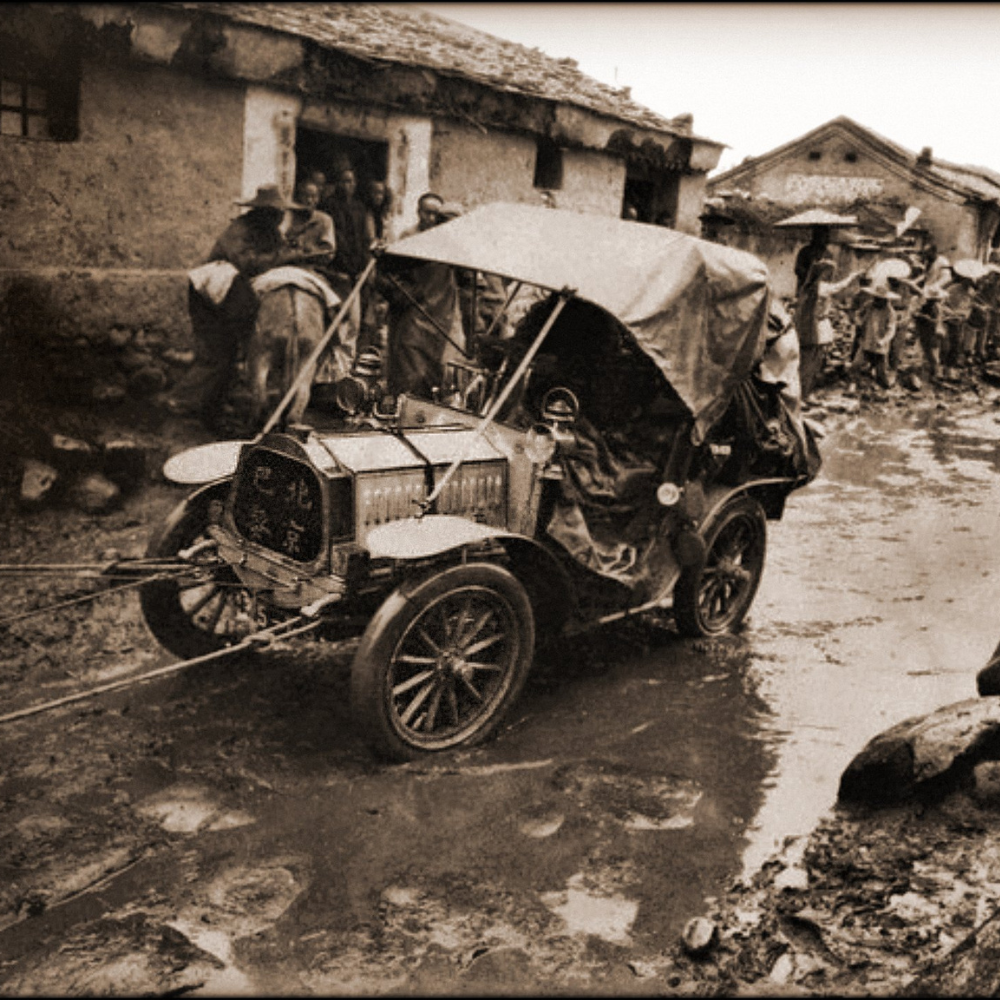In the wake of World War II, as nations began to rebuild and the world sought a return to normalcy, a new demand arose from the ashes. The war had showcased the undeniable utility of rugged, all-terrain vehicles, and now, the civilian world yearned for a taste of that resilience. Enter NAPCO (Northwestern Auto Parts Company), a beacon of innovation and hope in a world reshaped by conflict.
Origins: The Post-WW2 Landscape
The world post-WW2 was a counterbalance of destruction and innovation. Cities lay in ruins, but the spirit of human resilience was unbroken. This era saw a surge in the demand for vehicles that could navigate the scarred terrains, both metaphorically and literally. The war had demonstrated the prowess of four-wheel-drive vehicles in combat scenarios, and civilians wanted access to similar capabilities.

NAPCO, initially a modest company producing kits that could convert 2WD vehicles into 4WD powerhouses, recognized this burgeoning demand. Their conversion kits, a blend of innovation and necessity, were priced at a modest $995 in the 1950s. Adjusted for inflation, this would be akin to investing around $10,000 in today's currency. However, it's essential to understand the context of this pricing. In the 1950s, a brand-new pickup truck could be purchased for around $1,500 to $2,000. So, the cost of the NAPCO conversion was about half the price of a new truck. This made the decision to upgrade a significant one, but for many, the benefits of having a reliable four-wheel-drive system, especially in challenging terrains or for specific professional needs, justified the investment.
The partnership with Chevrolet also brought about a change in the pricing dynamics. When Chevrolet began offering NAPCO's 4x4 conversion as a factory option, the cost was integrated into the vehicle's total price, making it more palatable for the average consumer. This move, combined with the rising popularity of 4x4 vehicles, made NAPCO's system more accessible to a broader audience.
The Value Proposition
While the initial investment for a NAPCO conversion might seem steep, especially when viewed through the lens of the 1950s economy, the value it offered was undeniable. The ability to convert a standard two-wheel-drive truck into a rugged 4x4 machine meant enhanced capabilities, better traction, and improved performance in off-road conditions. For many professionals, from farmers to construction workers, this conversion was not just a luxury but a necessity, enabling them to perform their jobs more efficiently.

In conclusion, while NAPCO's Power-Pak conversion kits came with a significant price tag, the value they offered in terms of performance, reliability, and capability made them a sought-after upgrade for many truck owners in post-war America. The legacy of NAPCO's innovation, combined with their strategic partnership with Chevrolet, ensured that their four-wheel-drive systems became an integral part of America's automotive landscape.
The Alliance of Giants: NAPCO and Chevrolet
In the mid-1950s, in the bustling corridors of Chevrolet's headquarters, a strategic alliance was being forged. Chevrolet, always with a keen eye for innovation, recognized the potential of NAPCO's 4x4 conversion kits. This realization led to a partnership that would change the automotive landscape. Chevrolet began offering these kits as a factory option, allowing consumers, for the first time, to purchase a ready-made 4x4 vehicle straight from the dealership.

This alliance was more than just a business partnership; it was a melding of minds, a fusion of shared visions. Chevrolet's vast resources and market presence combined with NAPCO's innovative prowess made for a formidable duo. Together, they not only captured a significant market share but also etched their names in the annals of off-road vehicle history.
Rivalries Forged in Steel: NAPCO vs. Marmon-Harrington
Success, however, is often accompanied by competition. As NAPCO's star rose, another player was already in the arena: Marmon-Harrington. Founded in the 1930s, Marmon-Harrington had a head start and was known for converting Ford trucks into 4x4s. The competition between the two companies was fierce, with each trying to outdo the other in terms of innovation, performance, and reliability. Both companies, fueled by a desire to innovate and dominate, pushed the boundaries of what was possible. This rivalry was not just a battle of technologies; it was a war for market dominance, a contest to determine who would reign supreme in the world of 4x4 vehicles.

Tales from the Trail: NAPCO's Adventures
Beyond the technical specifications and corporate alliances, the true essence of NAPCO vehicles lay in the adventures they facilitated. These vehicles, with their rugged exteriors and robust engines, were not just machines; they were storytellers.
One such tale speaks of a NAPCO vehicle embarking on an expedition in the Rockies. Laden with supplies and driven by an intrepid adventurer, the vehicle faced challenges that would deter most. Rocky terrains, steep inclines, and unpredictable weather were just a few of the obstacles. But with each challenge, the NAPCO vehicle showcased its unparalleled resilience, navigating the treacherous paths with an almost defiant tenacity.

Another anecdote recounts a group of geologists using a NAPCO truck in the deserts of the Southwest. The scorching sun, shifting sands, and the vast, unending expanse could easily disorient anyone. But the NAPCO truck, equipped with its 4x4 capabilities, ensured that the team not only reached their destination but also returned safely, their spirits unbroken and their mission accomplished.
The Legacy Fades, But The Spirit Remains
As the 1960s dawned, the automotive industry underwent rapid transformations. Technological advancements and evolving consumer demands meant that companies had to adapt or risk obsolescence. NAPCO, despite its innovations and contributions, began to face challenges. The once-revered alliance with Chevrolet came to an end, and the company eventually shifted its focus away from 4x4 conversions.
However, while NAPCO as a corporate entity underwent changes, its legacy remained untouched. The vehicles it produced, the adventures it facilitated, and the innovations it introduced continue to inspire automotive enthusiasts worldwide. Today, vintage NAPCO vehicles are prized possessions, symbols of a bygone era of rugged resilience and unbridled adventure.

In conclusion, the story of NAPCO is not just a tale of vehicles and conversions; it's a testament to human ingenuity, a chronicle of how challenges can be transformed into opportunities. It's a reminder that with innovation, passion, and a bit of daring, any boundary, no matter how insurmountable it seems, can be conquered.




